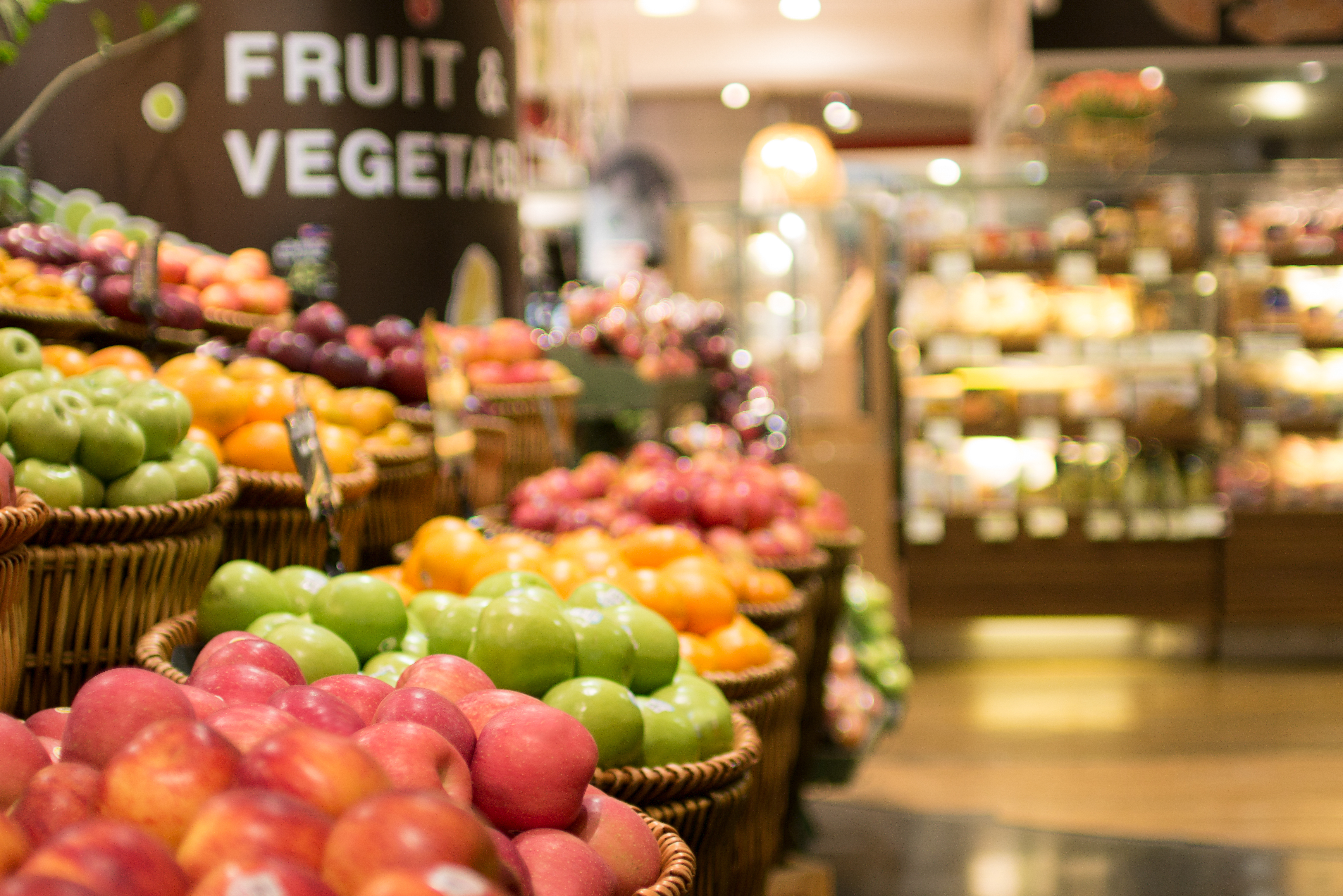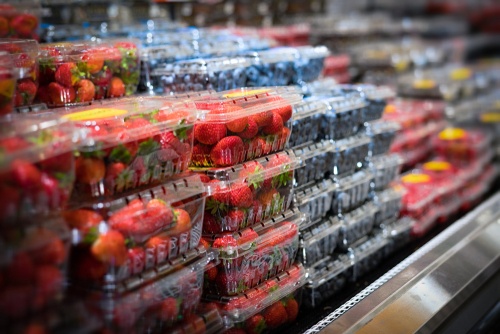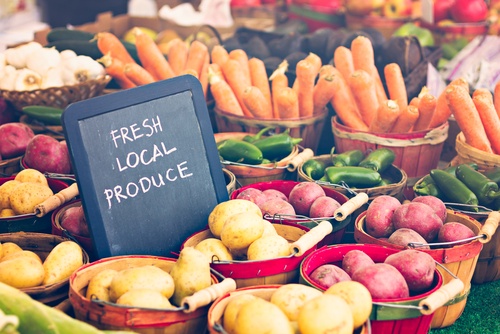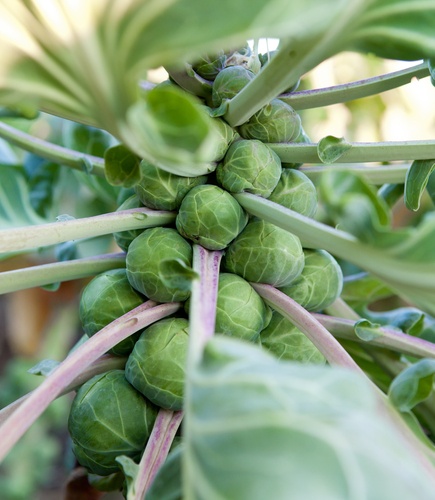By: Rivky Blumenfeld, Lubicom Staff
Now that we’re in a new season, people tend to gear their minds toward seasonal cooking. Being that seasonal cooking is not my forte, I spoke to an actual expert, Liz Rueven (@kosherlikeme), for some advice.
Liz is incredibly enthusiastic about seasonal foods and foods grown locally. Personally, I’m the kind of girl who orders the same pasta at every restaurant, so I needed some convincing that seasonal cooking is something for everyone. Liz had a lot to say on the topic.
The biggest merit of seasonal cooking, according to Liz, is that “it tastes better because the food is fresher.” It’s also healthier because the produce has been out of the ground for a shorter period of time and is more “potent” (her words, not mine!)

It’s also a lot less expensive. When people think of seasonal food, they tend to automatically assume that it’s incredibly costly, but actually the opposite is true. This is because the foods are in abundance and haven’t traveled far. “Tomatoes, for example, are usually grown as locally as New Jersey, so their journey to you is a small commute compared to some other foods,” Liz noted. When there is an overabundance of a particular vegetable or fruit, you can be sure that it’s in season and inexpensive.
It’s also more environmentally friendly. By eating locally, you can be assured that the foods haven’t been refrigerated for too long or transported thousands of miles. Eat what’s growing in your region and support the environment and your local farmers while you’re doing it!
Here are 6 tips to get you started cooking seasonally:
1. See what’s on display. While you’re shopping, notice the ingredients on display. In the summer, you may see mounds of tomatoes from a specific state, while in the fall and winter months, you may see eight different kinds of potatoes, like Japanese sweet potatoes, etc. By checking to see what the market has the most of, you can deduce what foods are currently in season.

2. Pay attention to packaging. When you see a full display of berries, and they are all in plastic containers, you can be sure that they’re not coming from your area. If you’re in New York, the berries can be coming from as far away as California. Such fruits aren’t considered seasonal if they’ve been in a truck for two weeks (or more) before reaching your supermarket, not to mention how long they tend to sit on the shelves. However, if the produce is loose, it’s more likely seasonal.
3. Try a farmers market! The foods that farmers bring to the market are always seasonal – because they can only grow what’s in season. By going straight to the market, you can be confident that the fruits and veggies you’re getting are seasonal.
4. Fresh vs. Cooked. In the summer, when the fruits and veggies are crisp and sweet, they’re meant to be eaten raw. Think of a chopped Israeli salad, or a fresh diced watermelon. These ingredients aren’t meant to be cooked (I mean, who wants to stand over a hot stove in the summer anyway??).
With the seasonal shift we’re experiencing right now, so much seasonal produce is inedible unless cooked – think of those winter squashes, honey nut squashes, and sweet potatoes.
Liz pointed out that by cooking seasonally, you’re just following basic human instinct; we naturally want warm foods (and a warmer kitchen) as the weather gets cooler, so warm up your stove and get cooking!
5. Know what’s in season. Squashes, sweet potatoes, apples, pears, fennel, and brussels sprouts are some other foods in season at the moment. (For a more comprehensive list of fruits and veggies in season, see below.) During the dead of winter when nothing is growing, Liz likes to think about what keeps well in cold storage, like potatoes.

Foods like kale, cauliflower, and broccoli become sweeter when there is a frost, so they’re great in the wintertime.
For a vitamin C fix, it’s a great idea to turn to states that are growing citrus fruits. Even though the citrus fruits are trucked to the northern states, it’s essential you get your vitamins, so eat your citrus fruits! Fruits with thick skin, like grapefruits and oranges, are great because they are naturally protected in their peel.
You can always peruse a newspaper or magazine like Mishpacha Magazine’s recipe section Family Table or a website like Kosher.com for inspiration because they will be focusing on seasonal ingredients. At this time of year, they’re running articles about pumpkins and squashes, not strawberries, because that’s what’s in season!
Here’s a list of fruits and veggies in season for October/November:
Veggies: artichoke, beetroot, broccoli, butternut squash, carrots, celery, fennel, kale, leeks, mushrooms, onions, potatoes, pumpkin, kohlrabi, parsnip, wild mushrooms.
Fruits: apples, chestnuts, elderberries, figs, grapes, pears, quince, tomatoes, cranberries, passionfruit, quince, walnuts.
6. Experiment. If you want to be a seasonal cook, you can start by dropping the shopping list. Instead, buy something that catches your eye in the market; go home and look up the veggie or fruit you picked up. Then, start cooking.
Challenging yourself to cook seasonally will lend to your creativity, and you’ll discover foods and dishes you never knew existed.

“If you’ve never tasted fresh onions, or tried stuffed onions, they’re delicious!” said Liz. Another great cook’s tip is that brussels sprouts grow on a very heavy stalk with leaves at the end, which you can pick off and roll up to make stuffed brussels sprouts (as opposed to stuffed cabbage). They’re much easier to work with than cabbage leaves, which can easily break, and they’re also much bigger!
But then again, if your kids love meatballs…you’re making meatballs!
————–
For some great ideas for cooking squash, check out this roundup: Our Top 10 Winter Squash Recipes
Try this yummy sweet potato chicken to ease into the colder months: Succulent Sweet Potato Chicken by Brynie Greisman
Or you can try this mashup of two of our favorite seasonal fall ingredients: Pesto Chestnut Spaghetti Squash by Riva Fogel





